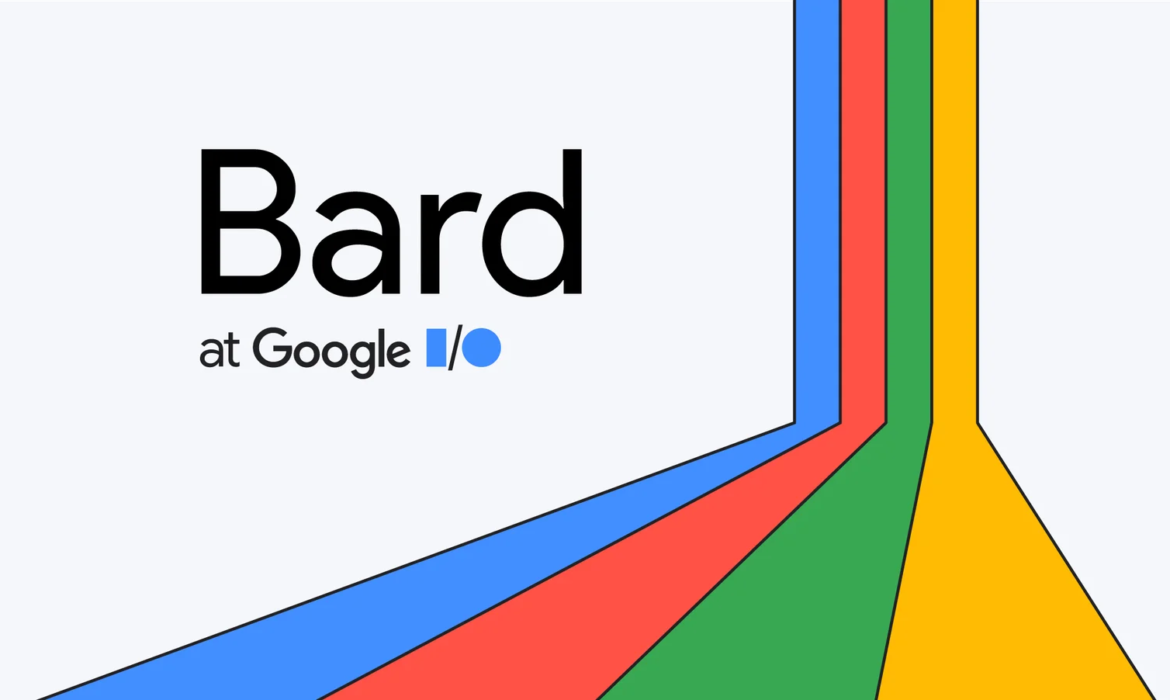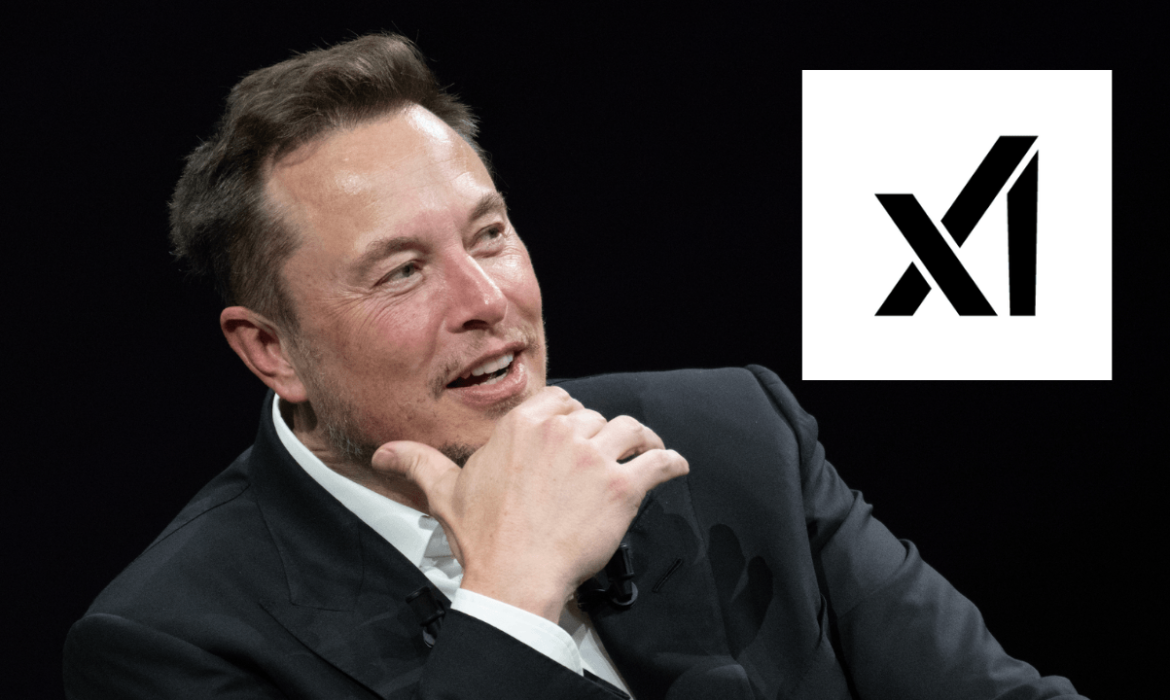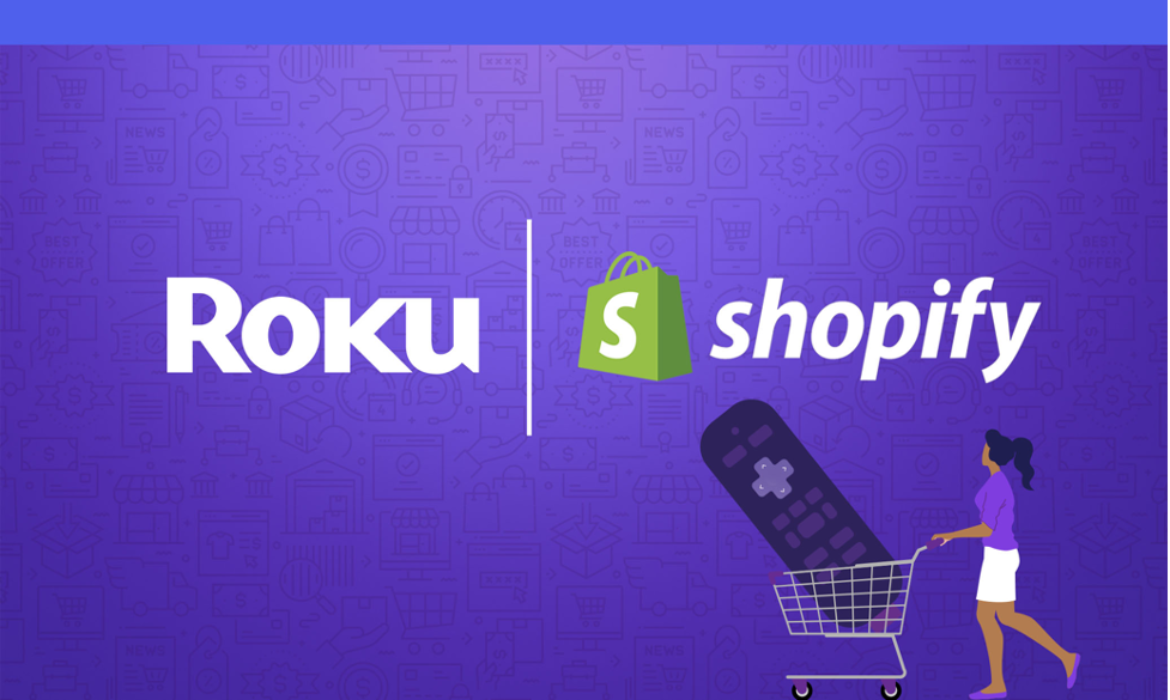Google Breaks Regional Barriers by Unveiling Arabic BARD
Google has introduced Arabic language in its AI generative platform BARD, along with 39 other languages. Unlike BARD’s initial launch in May, which was only in English, Google has further taken a leap towards inclusivity. Their objective is to make it available in multiple languages.
Arabic, a very complex and intricate language, consists of several dialects, which often lead to challenges while communicating. Arabic speakers also face difficulties in online interaction since the textual form is mainly in classical Arabic. Over the years, Arabic speakers have turned to Arabeezy, an application which combines English letters and numbers, to communicate with each other.
Google has recognized these intricacies, and has launched Arabic BARD, which understands 16 diverse colloquial vernaculars. The model is powered by Google’s latest language model ‘PaLM2’ which can understand information in multiple languages. These include Emirati, Egyptian, and Saudi Arabic and it responds back in Modern Standard Arabic (MSA).
It also has the proficiency to understand code-switching, where the input is able to integrate Arabic and an additional language. The thoughtfully designed user-interface supports right-to-left scriptures, making it further easily operable.
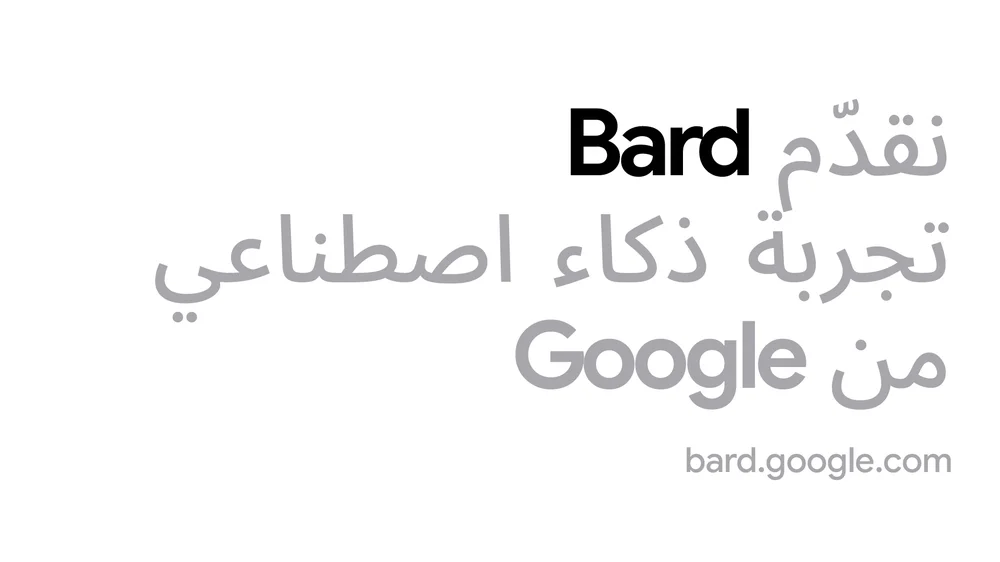
Image Credit: Google
Features Available for Arabic Speaking Users
Google Bard in Arabic is filled with an extensive array of unique features to help with your creative potential. Here are some of them:
- Hear BARD’s responses out loud by clicking on the sound icon.
- Revisit, pin, and rename your BARD chats.
- Share BARD responses with your friends and connections using the shareable link.
- Export Python code to Replit and Google Colab, an online integrated development environment for developers to write and execute code.
Challenges Google faced while developing Arabic Script
Google has made significant technology investments to enhance its Arabic skills for the past two decades. In order to create a language model in Arabic, it was essential to understand certain words which were often spelt the same. Without pronunciations or knowing the meaning of the word, it was inconvenient for the AI to understand the same. This has been a huge limitation for all the known translation tools. What they failed to revise was that without the proper accent or diacritical signs, it was difficult to decipher the intended meaning behind them. But BARD was able to recognize that, indicating a significant breakthrough for the language.
Najeeb Jarrar, Regional Director of Marketing at Google MENA said,
Arabic speakers are now able to leverage the power of BARD, where they’re able to create new content and collaborate with this AI, experiment to generate and create new ideas, simplify topics, and also, directly get involved in the wonders of such technology.
Jack Krawcyzk, Director of Product Management at Google added,
As part of our bold and responsible approach to AI, we’re proactively engaged with experts, policymakers, and regulators on this expansion. And as we bring BARD to more regions and languages over time, we’ll continue to use our AI principles as a guide, incorporate user feedback, and take steps to protect people’s privacy and data.
So next time you want to know about some concept or brainstorm and materialize an idea, give BARD a try. You will not only be able to use unique tools, but might discover a fresh perspective to life!
Read More: Google’s BARD vs ChatGPT: Which AI Will Rule the Search Realm?
Elon Musk Ventures into The AI Frontier With xAI
Billionaire entrepreneur, Elon Musk, has entered the AI market with the launch of his much-awaited artificial intelligence start-up, ‘xAI’. Musk took to Twitter to announce that the formation of the said start-up was to “understand reality.” As per xAI’s website, their goal is to understand the “true nature of the universe.”
Announcing formation of @xAI to understand reality
— Elon Musk (@elonmusk) July 12, 2023
Musk, who is currently heading X Corp, Tesla, SpaceX, Neuralink, and Twitter, will also lead xAI. However, xAI will be separate from X Corp, but work closely with X (Twitter), Tesla, and other companies to “make progress towards the mission.” The team consists of experienced specialists from DeepMind, OpenAI, Google Research, Microsoft Research, Tesla, and the University of Toronto. Dan Hendrycks, Director of the Center for AI Safety will serve as the advisor for the xAI team.
Elon Musk has previously served as the co-founder of OpenAI, the company that launched ChatGPT but stepped down from its board in 2018. This led to a lot of prompts stating that Musk wanted to launch his own alternative to the chatbot. He further criticized OpenAI’s chatbot, ChatGPT, claiming that it embraced left-wing biases. He had also stated that he would be soon working on launching an AI which would be called “TruthGPT” to rival Google’s BARD and Microsoft’s Bing AI.
Musk, along with 1,000 other prominent leaders had signed an open letter to halt the development of advanced AI systems stating the extreme threats that society and humanity would face. He, on several occasions, has emphasized the need to regulate the AI sector as it has the potential to destroy civilization.
In a Twitter Spaces discussion, he had mentioned that xAI was going to be “pro-humanity from the standpoint that humanity is just much more interesting than not-humanity.” With xAI, Musk plans to build a safer AI.
With the launch of xAI, Elon Musk has pioneered a new path toward better understanding the reality of AI developments. He has positioned himself as a forerunner in introducing moral frameworks in order to steer the industry.
In order to get more insights about the company, xAI has arranged for a Twitter Spaces chat on Friday, July 14th, where you can meet and ask questions to the panel.
Read more: Battle of the Ads: Borzo Reveals Who Wins – Advertising Team or AI?
Roku-Shopify Revolutionize TV Ads By Enabling On-Screen Purchases
Roku and Shopify have partnered up in a first-of-its-kind commerce shopping integration. The partnership first came into existence in 2021, when Roku granted Shopify rights to use its advertising platform. Roku has now announced that their customers will be able to purchase products from Shopify merchants directly on their TV screens via Roku Action Ads. This integration comes as an extension to their present relationship.
Peter Hamilton, Roku’s Senior Director of Ad Innovation said,
Bringing a Shopify purchase experience to television for all merchants is an industry first. Roku democratizes access to TV advertising, and now we’re collapsing the funnel for Shopify merchants.
What are Roku Action Ads?
Roku Action Ads are an advertisement that consists of a down-funnel action design, providing services such as sending a text message, providing, and scanning a QR code, and making a purchase. Shopify is the latest addition to the list of clients leveraging Roku Action Ads alongside Walmart, and food delivery service, DoorDash.
Roku stated in their announcement that this partnership was “the first streaming commerce integration for independent Shopify merchants.” They also stated that it would establish an entirely fresh advertising channel for businesses.
How will it work?
Roku streaming users will be able to make purchases from Shopify through just one click on their Roku remotes. Here’s how:
- When a Shopify ad appears, the viewers can click on “OK” on their remotes to know more about the product.
- The users can then purchase the product using the on-screen function and complete the transaction using Roku Pay during check-out.
- The payment and shipping information would automatically be recognized from the customer’s Roku Pay details.

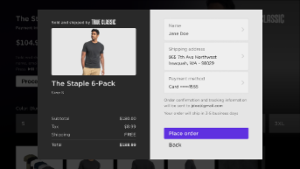
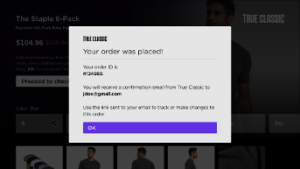
Image Credit: Roku
What’s in it for Advertisers?
This experience will help marketers to curtail the advertising funnel from brand awareness to purchases on big screens at home. It will strengthen the Roku-Shopify relationship, allowing the latter to launch ad campaigns with the help of Roku’s certified identity.
According to Roku, in addition to their audience being able to reach independent Shopify merchants, this integration will allow Shopify and advertisers to achieve in-depth insights into Roku’s customer data, purchase trends, and point-of-sale access.
The prime users of this collaboration will be Men’s Apparel Brand True Classic, the game-based, at-home workout challenge connector device Ergatta Rower, and wellness brand Olly.
Saaj Parikh, Director of Marketing, Ergatta, in her statement, said,
Our commerce efforts are all about meeting our target consumers where they are and providing a seamless path to purchase. Integrating the Shopify shopping experience with Roku was a no-brainer for us.
Paige Decker, Vice President of Growth at True Classic also stated that the Roku Action ads addressed their needs for “offering an amazing purchase experience and having a sound channel measurement.” She further added,
It helps us by providing a frictionless path to purchase for customers while allowing us to measure the impact of this strategy with end-to-end Shopify integration. Merging performance-based tactics on TV is a win-win.
Read more: Is 28% GST on Online Gaming A Setback For Gaming Industry?

